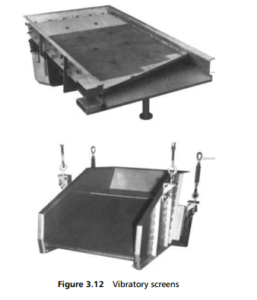0
-
An empty cart
You have no item in your shopping cart
envato-wordpress-toolkit domain was triggered too early. This is usually an indicator for some code in the plugin or theme running too early. Translations should be loaded at the init action or later. Please see Debugging in WordPress for more information. (This message was added in version 6.7.0.) in /var/www/wp-includes/functions.php on line 6121g5plus-darna domain was triggered too early. This is usually an indicator for some code in the plugin or theme running too early. Translations should be loaded at the init action or later. Please see Debugging in WordPress for more information. (This message was added in version 6.7.0.) in /var/www/wp-includes/functions.php on line 6121A huge volume of solids is processed by means of vibratory screens. These can be either horizontal or gently inclined, and they incorporate the use of vibratory motors to achieve the required motion of the screen. In order to get flow of the
separating solids across a horizontal screen, the vibrating motors need to run in different directions to each other so that when they are synchronized they will produce a straight line impetus, so that the solids will move across the screen and
enable it to be used for screening, conveying and dewatering. When the screen is gently inclined the action of a simple vibration is normally sufficient to achieve the required flow of solids across the surface of the screen.
A vibrating screen may be firmly mounted on a vibration system below the screen, or it may be suspended by cables from the overhead vibration mechanism. These two are shown in Figure 3.12 . Modern construction methods tend to use stainless steel screen elements and high-density plastic construction materials for the remainder, to give a reduction in mass, so enabling lower power motors to drive the system, making the operation much more energy efficient.
